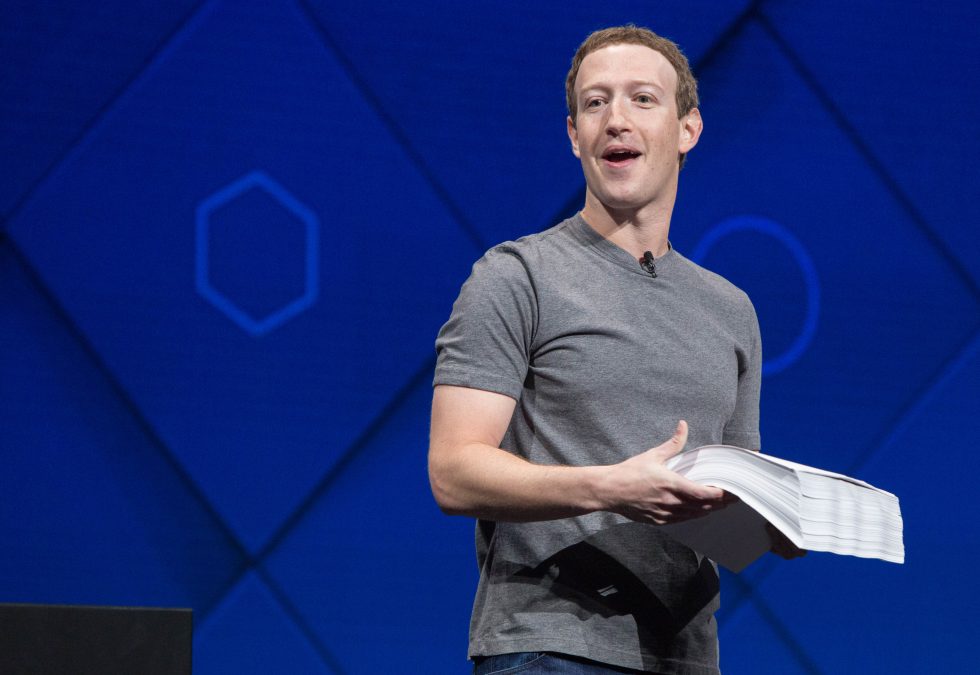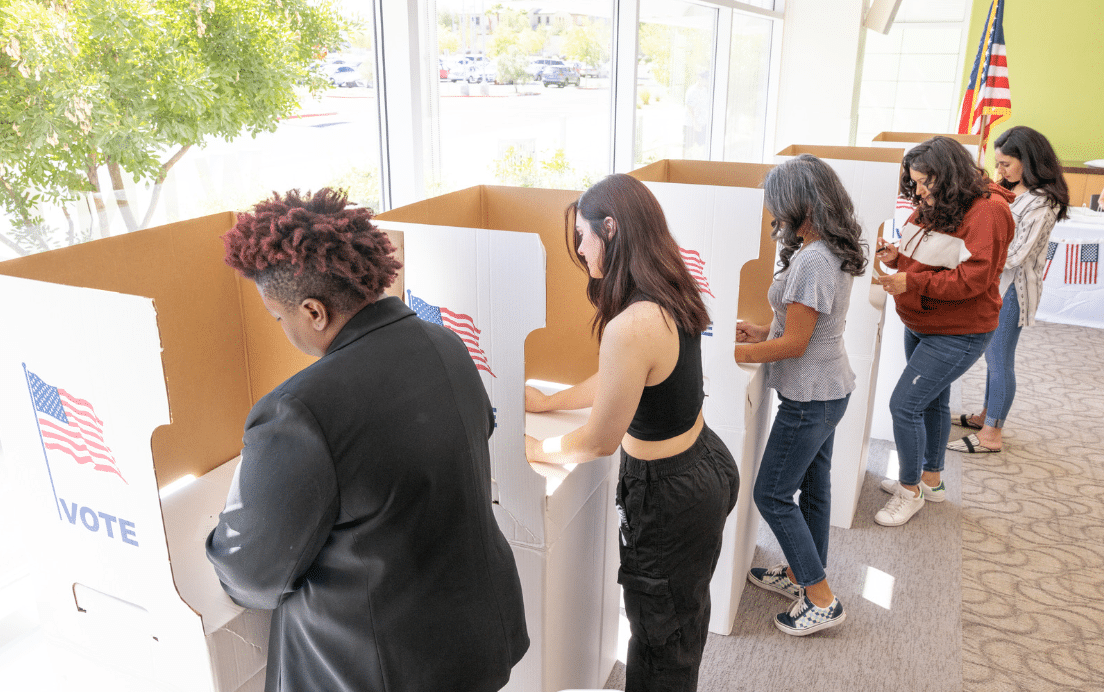America’s Worst Voting Irregularities Started With Oregon’s All-Mail Elections
Think mass vote-by-mail is dangerous for election integrity? Thank Oregon, where “progressives” have tinkered with the idea for decades and spread their worst ideas to the rest of America.
Recently, Hayden Ludwig wrote about the legal and extra-legal ways Democratic secretaries of state, state legislatures, and state supreme courts wangled the laws around elections in 2020. The Left used COVID-19 as their excuse to allow for mail-in voting, extended voting periods, and extended ballot-counting times on a scale never before seen in American politics.
The results? Elections rigged by permissive ballot harvesting laws, shoddy chain of custody for ballots, and unreasonable extensions of the time to turn ballots in.
As someone who lived in Oregon for far too long and watched the inexorable decline in influence by conservative and Republican politicians and candidates, Ludwig’s article struck home for me. It reminded me that many of the most questionable ballot security measures we’ve covered at Restoration News had their start in Oregon.
I watched helplessly as election after election was influenced by leftist political operatives, public sector unions, and radical nonprofits which knew every exploit and hack to turn a vulnerable election system in the favor of the Democrats. I’ve looked on in horror as every dirty trick pioneered in Oregon has now been adopted in several swing states, perhaps permanently altering our very manner of voting, tipping the scales forever in one direction in national and local elections alike.
A judiciary system filled with nothing but Democrat appointees sealed Oregon’s fate, confirming it as an impenetrable blue stronghold with no hope of turning things around at the ballot box or in a court of law any time soon.
Ludwig observes that the Left wants all future elections to look like 2020, and we have the blueprints to prove it. Most of those blueprints were first drawn up in Oregon.
Exporting Corruption
This process was then scaled to other states: first Washington, where the gubernatorial race was handed to the Democrat several cycles in a row; then to Colorado; then to Hawaii, Vermont, Utah, and California; and then, with the pandemic as an excuse in 2020, to several other states like Nevada, Michigan, Pennsylvania, and Arizona, swinging the election away from Donald Trump.
The Oregon Secretary of State published a handy timeline to document how vote by mail only slowly, but inexorably became the law of the state (edited for brevity):
- June 1993: First special statewide election by mail; 39% voter turnout.
- Spring/summer 1995: Legislature OKs proposal to expand VBM to primary and general elections. Governor vetoes the bill.
- December 1995: Oregon becomes 1st state to conduct primary election totally by mail to nominate candidates to fill a vacancy in a federal office; 58% turnout.
- January 1996: Oregon becomes 1st state to conduct general election totally by mail to fill a vacancy in a federal office, when it selects Sen. Ron Wyden to replace Sen. Bob Packwood; 66% turnout [emphasis added].
- March 1996: Oregon holds country’s 2nd VBM presidential primary; 58% turnout. (First VBM presidential primary held by North Dakota, just weeks prior to Oregon.)
- May 1998: Primary election at the polls. Oregon becomes 1st state to have more ballots cast by mail than at the polls during a polling place election. Absentee voter turnout was 53%, compared to 22% at the polls.
- June 1998: Supporters of expanding VBM to primary and general elections use the initiative process to put the issue on the November general election ballot.
- Nov. 3, 1998: Voters decide to expand VBM to primary and general elections, by a vote of 757,204 to 334,021.
- Nov. 2, 1999: Eighth special statewide election by mail; 38% turnout.
By November 2000, elections in Oregon were exclusively all-mail affairs. And since 2008, only one statewide race has gone to a Republican—Dennis Richardson, who defeated a bad Democratic nominee for secretary of state in 2016. (In the ultimate twist of cruel irony, Richardson died in office of a brain tumor before finishing his first term.)
Note that highlighted election in the timeline above. Oregon held a special election in 1996 to replace Republican Sen. Bob Packwood, who resigned in 1995 (I arrived in Oregon in 1994). Democratic Rep. Ron Wyden narrowly defeated the Republican president of the state senate, Gordon Smith. VERY narrowly— like, a point and a half.
Sixteen thousand votes separated the two candidates to replace a powerful Republican senator who had served for a quarter century. Once he gained the power of incumbency, and the overwhelming majority of left-leaning voters in Portland and Multnomah County, Wyden never faced a serious challenge in any of his reelection bids. But to get there, he had to exploit the very first all-mail election held for a federal office in Oregon.
Like many Oregon politicos, Wyden didn’t have much of a professional life before entering politics. Wyden graduated University of Oregon Law School in 1974, but never became a member of the state bar. He held several positions with non-profits serving the elderly and retirement home associations. He founded the Oregon chapter of the Gray Panthers after law school, and taught college courses in gerontology. It’s his access and familiarity with the elderly in Oregon that fueled his political rise, in combination with vote-by-mail.
The Gray Panthers were a loose organization of 30 state chapters that boasted over 100,000 members across the US in the 1970s. Engaged in left-wing activism, the idea grew out of 60s radical protest movements. The Gray Panthers advocated for the repeal of mandatory retirement ages, economic “equity,” and socialized healthcare. From its 1974 founding through 1980, Wyden worked as the co-director of the Oregon chapter. Before running for office, he cut his teeth in radical grassroots organizing, and had elderly voters across the state in his rolodex.
So when Packwood resigned and then-Rep. Wyden threw his hat in the ring for the Senate, he had a vast network of activists available to his campaign. Those activists, in the first ever all-mail election for a federal office in Oregon, set to work harvesting ballots for the “progressive” cause. That harvesting campaign was made all the easier by targeting Wyden’s core constituency: Nursing homes.
Since 1996, the SEIU, Oregon Education Association, AFSCME, and the other public sector unions have realized there’s gold in them hills—votes as far as the eye can see, if only they could deploy an army of paid canvassers to harvest ballots and assist those who needed help choosing a candidate.
The Rot Spreads
Fast forward to the 2004 Washington governor race. Washington had begun adopting vote-by-mail as well. Republican Dino Rossi lost to the Democrat, Christine Gregoire, by 129 votes—the closest gubernatorial race in U.S. history.
Stop me if you’ve heard this story before: Rossi was ahead in the vote count on election night, but the slim margin led to several recounts, while mail-in ballots kept finding their way into the count. Gregoire ultimately prevailed after a bitter court dispute.
I later spoke with an attorney who worked on this case in federal court who told me Rossi clearly won, and in his opinion after that case, vote-by-mail was “invented solely to make cheating legal.”
By the time I got politically active in the Oregon Tea Party in 2009, the leftist ballot harvesting political machine was already common knowledge. The 2010 race for governor between retread former Democratic Gov. John Kitzhaber and Republican ex-NBA player Chris Dudley, went down eerily similarly to the 2004 race in Washington.
We went to bed on election night with Dudley up by 20,000 votes; by the next morning, Kitzhaber had taken a 20,000-vote lead.
A tranche of 40,000 late arriving mail-in ballots in deep blue Multnomah County came in overnight, virtually all of which favored the Democrat. The Oregon legislature had previously loosened the 8pm deadline to return a ballot, so election day became election week, and pretty soon we had election season. The Left eventually legalized automatic voter registration for anyone who got a driver’s license or ID card from the state.
Tea Party Pushback
At the height of the Tea Party wave, we attempted to insert ourselves into the process to observe every stage of the process, as allowed by state law. In 2011, alarmed at story after story of conservative poll watchers being thwarted in all sorts of creative ways, we partnered with a couple of other organizations, including True The Vote, to examine the voter rolls to see how many duplicate registrations existed, and where the Left was harvesting ballots. We paid for the state voter file and cross-referenced it against death records from the Social Security Administration and other state voter files.
We found a small but significant number of dead voters whose ballots had been returned for numerous voting cycles. More significantly, we found over 100,000 voters registered both in Oregon and in another state.
The ballot return data showed such anomalies as 14 voters registered at a downtown Portland yoga studio, several hundred voters registered at a homeless shelter, and other such unexplainable coincidences.
We sent our results to Oregon then-Secretary of State Kate Brown, who told us she would look into it. Brown, later elevated to governor after Kitzhaber resigned in disgrace in early 2015, mere months after winning an unprecedented fourth term, somehow never got back to us. In recent years, the Oregon legislature has passed laws making it illegal to purge the rolls of inactive voter registrations, calling it a matter of “justice.”
So, as Ludwig wrote, the Left has a template to permanently alter American elections: Make it illegal to purge inactive voters from the state voter file, extend Election Day to election season, and extend counting for days or weeks.
The Left would put the government in charge of defining—and then enforcing—misinformation laws. They’d greatly expand the Democratic voter base with automatic voting, make vote-by-mail the preferred method in every state, and allow the return of ballots to last weeks. Oh, and the proponents of vote-by-mail say it’s so secure that it makes voter ID laws moot.
Just remember: All of this started with the decades long subversion of ballot security in Oregon.
Jeff Reynolds is the author of the book, Behind the Curtain: Inside the Network of Progressive Billionaires and Their Effort to Undermine Democracy. You can find all his work at www.whoownsthedems.net.



